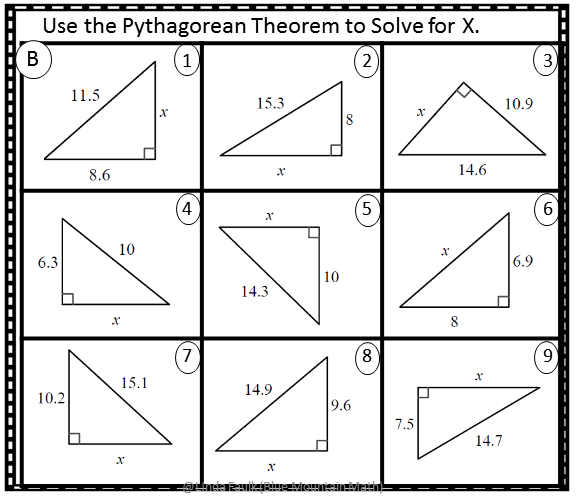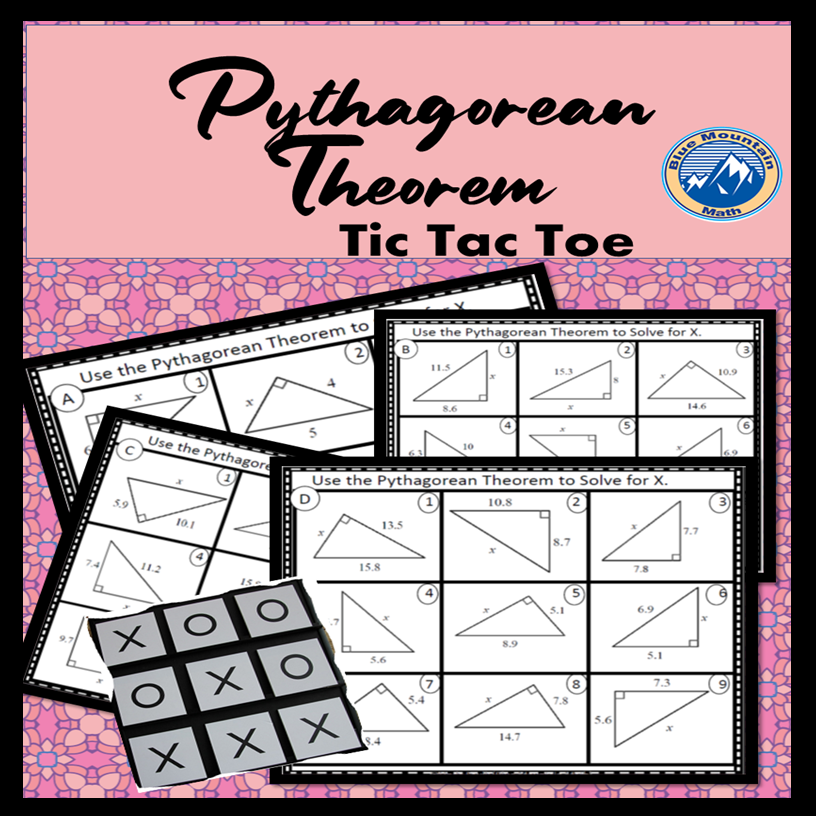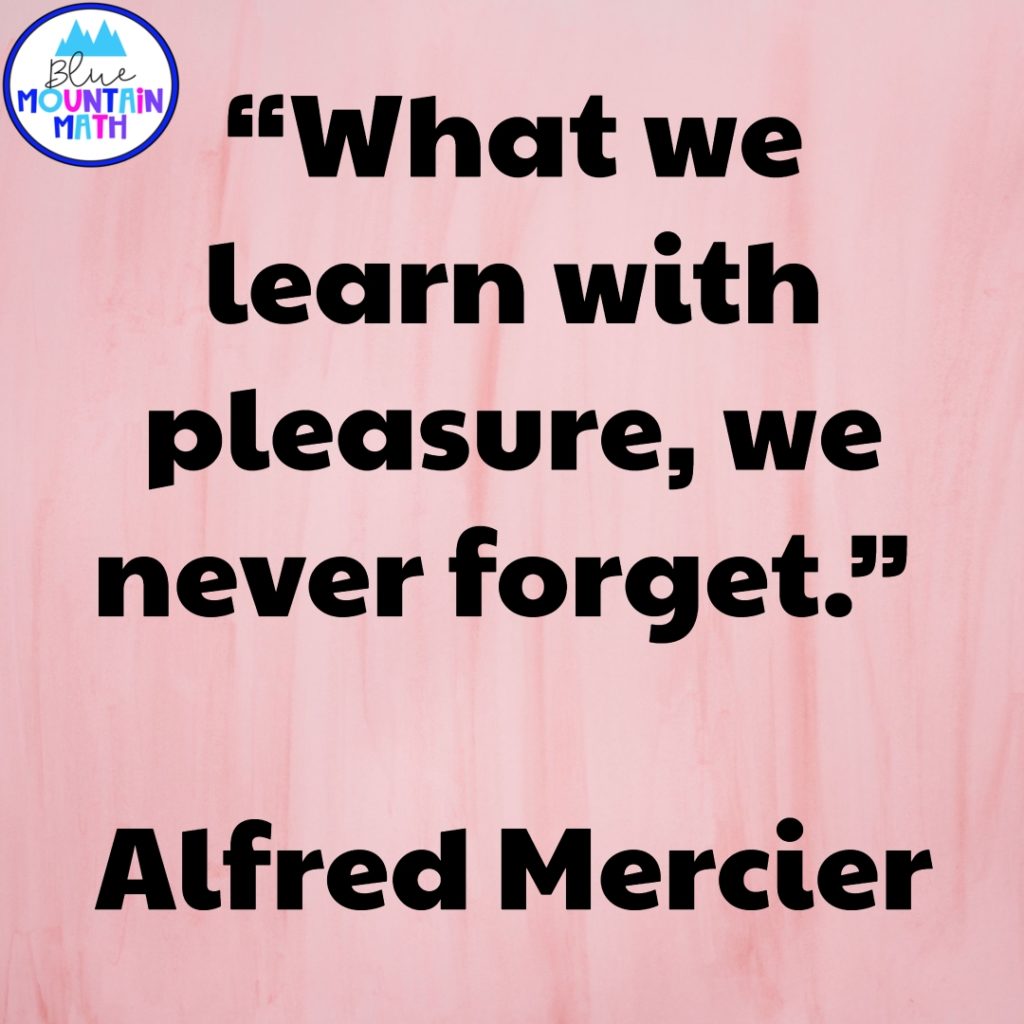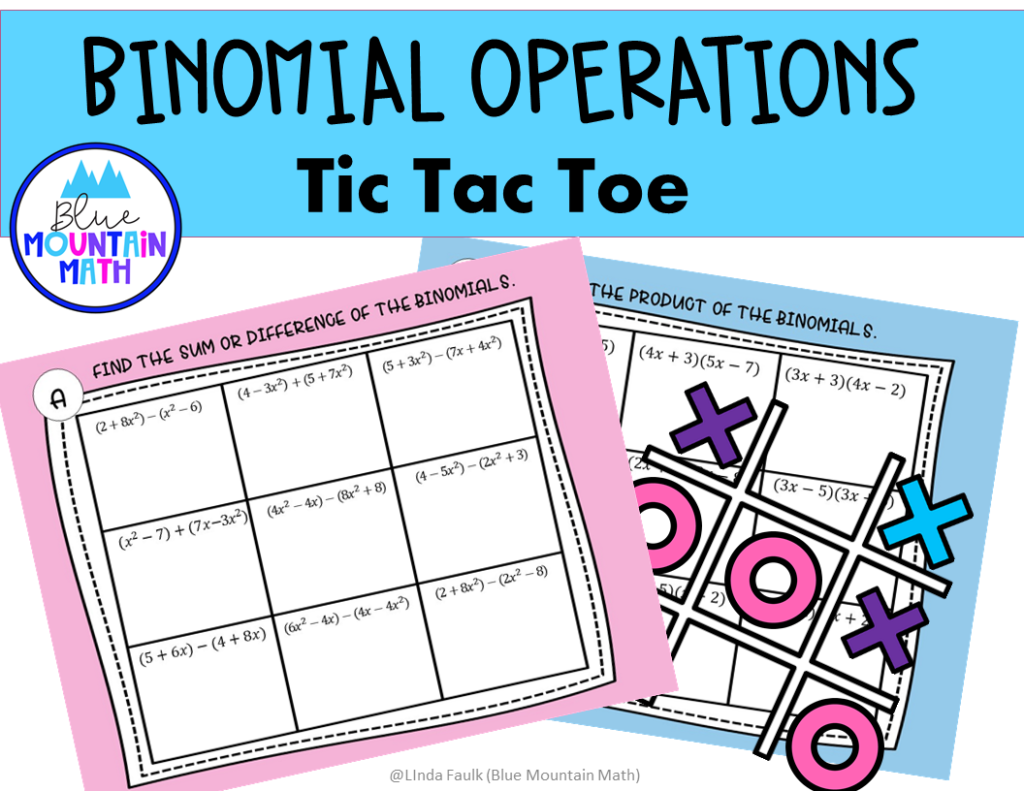I love using games in the classroom and I am always looking to reuse a familiar game into a math activity. Some are definitely easier than others. Tic Tac Toe is a game which lends itself to the math classroom and supports partner discussion. Students work to solve the same problem and if there is an error, discuss it.

There are so many benefits to playing games which I have experienced with my students in the classroom. Besides being fun, playing games are just one way to practice math skills. Here are just a few of the benefits:
Playing Games Lower Stress
I know I have said this before, but it needs repeating. Imagine sitting in a class you find difficult (most students do not like math and perceive it harder than other things), and you are now given a worksheet of problems to complete. You are now stressed about getting started, making a mistake, finishing it in time and overwhelmed.
Worse yet, you are sitting in the same class and next to several students who are already half finished with their worksheet when you have not started yet. The teacher allows students to work together, but they are far ahead of you and you don’t want anyone to know you are struggling. Especially not other students.
Playing Games Increases Motivation
Playing games are fun. Even math games are fun. With partner games, students get to work with someone and while there is a competition, there is also support. Games help students become part of a team, even if it is only a team of two. While working on the problem, they talk to each other, share steps, develop vocabulary.
Playing Games Builds New Knowledge
Using a game after a lesson helps students build that new content knowledge. Kids get to practice and learn strategies, and connect new concepts with something that is already familiar. Getting immediate feedback on an answer helps students correct misconceptions. And when the activities are partner or group activities, they are being corrected by a peer–not the whole class, and not the teacher.
One Of My Favorite Games In The Classroom Is Tic Tac Toe
Tic Tac Toe or Naughts and Crosses as it is called in other parts of the world is a classic two person game which easily translates to using math concepts.
It is typically played on a 3 by 3 grid which requires students to have 3 in a row to win. So that we have a winner, I have adapted the rules so winners need 3 in a row or 5 of 9 boxes. But you could also use a different type of grid, think 4 x 4 which would require 16 problems, or even larger.
I use the basic grid because with 9 problems it is played quickly, the more problems, the longer it takes to play a round. And you want to play until a winner is declared. There is something satisfying about finishing the game quickly, almost like an accomplishment. Even if you do not win.

It makes for a great review activity right before a quiz or test. It is a sneaky way to do math.
Model Game Rules
The first time you use this game, it is important that you model the activity with students. I know what you are thinking: Everyone knows how to play this. The first time I used this in class I thought the same.
All my students got out their paper and started doing the problems, they had no idea about choosing a square and marking either an X or an O. They had no idea that the purpose was to get three in a row or someone is supposed to win. To them, it was a square worksheet of nine problems they were doing together.
When I walked around and asked students who was winning, they looked at me confused. The more I questions, the more confused they became. This was a valuable lesson.
Demonstrate Every Step
The next time we played, I modeled the process. We chose who would go first (we rolled a die, but flipping a coin works well too), the first player chose the square and then both students solved the problem. If the player who chose the square was right, they mark the square. If the player had the wrong answer, and the other player was right then they mark the square. If no one is right, the square remains unmarked. Then the next player chooses a square.
While we usually think of this game as printed, it also works digitally as well. You can use Jamboard or assign a google slide and place students in pairs in a breakout room. Have the students show their work on paper and upload the paper through Google Classroom or Google Forms.

Other Ideas for Using Tic Tac Toe
Have a Fun Friday
I enjoy having a Friday where students play some type of game. Have a variety of math games and let students choose or have each Friday of the month devoted to some game. It gives students something to look forward to and adds to motivation. It gives great practice in a different format.

Have a Tournament.
Place students in pairs and let them play the first game. After the first game, have students switch partners and keep track of wins or losses. The ultimate winner is the Tic Tac Toe Champion of the month.
Use for Early Finishers.
We all have those students who finish every assignment fifteen minutes before others. When you have two of those students, pair them up to play a game. They will get additional practice and it inspires others to finish their work as well. Everyone wants to play a game.
Use as a Review Activity
Tic Tac Toe lends itself to a variety of topics which makes it perfect for review activities. Students get the practice in a low stress manner and the teacher can preview if anyone is still struggling.
Station Activity
Have your stations with different types of games or activities. Tic Tac Toe , Mazes, Sorting cards, Riddles, Dominoes and Puzzles are all good station activities. It does require preparation, but once prepared, can be used several times as review activities.
I have a number of tic tac toe activities at my TPT store. You can view them here. If you would like to try the activity in class to see how engaging it can be, here is a freebie for you.

I hope there are some ideas you can use for your classroom. As always, leave a comment or send me a message at [email protected] if you have an idea to share.










Leave a Reply